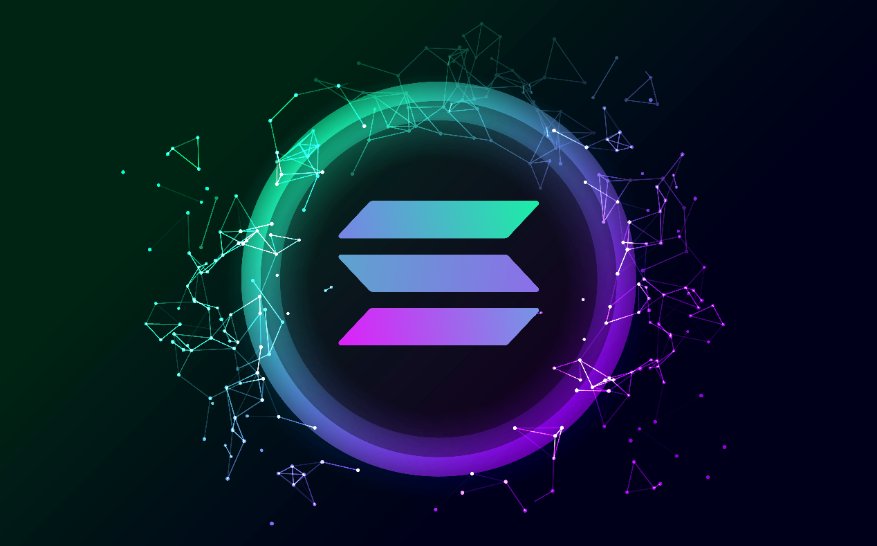
Consumer protection is crucial for digital asset projects

Banks need to prioritise consumer protection as they begin to explore the digital asset space.
Umar Farooq, chief executive officer of JPMorgan’s blockchain unit Onyx, believes that banks and other financial institutions need to prioritise consumer protection as they begin their journey in the digital asset space.
Farooq said this while speaking at the Singapore Fintech Festival 2022 on Wednesday. He stated that;
“What a bank needs to do from a regulatory point of view and customer’s point of view is that we need to protect our customers. We cannot lose their money. I do think you need some sort of identity solution or know-your-customer solution which verifies who the human being that is interacting is and what they are allowed to do. Because without that, in the longer term, it just doesn’t work.”
He also explained that JPMorgan is currently USING a solution called verifiable credentials that live in the customer’s blockchain wallet. The protocol validates credentials when a customer goes to a protocol to execute a trade. Farooq added that;
“I can’t foresee people being able to send money across borders if no one checks and no one knows who’s sending money to who, because sooner or later, they will be in a money laundering incident. So those are the very fundamental things that need to be addressed before you even get to systematic issues. Education, protection and identity need to be in place.”
Farooq revealed that Onyx solved some of the security and verification challenges as part of Project Guardian, an industry pilot the Monetary Authority of Singapore announced earlier this year.
The pilot saw JPMorgan, DBS Bank, and SBI Digital Asset Holdings conduct transactions in tokenized foreign exchange and government bonds. Farooq added that;
“It was the first time we had tokenized deposits. I actually think it’s the first time any bank in the world has tokenized wallets on a public blockchain.Using public blockchain, we had to spend a lot of time thinking through identity. We did lots of audits of smart contracts because, again — they were publicly visible. And finally, it was using a protocol to actually make it all happen. It’s a lot of managing the risks. All of these were firsts for us”
JPMorgan’s Onyx blockchain has been around for a while now and was used last year to complete a central bank digital currency (CBDC) experiment, including wholesale cross-border payment and settlement.
Last year, JPMorgan also revealed that institutional investors are choosing Bitcoin over Gold.

